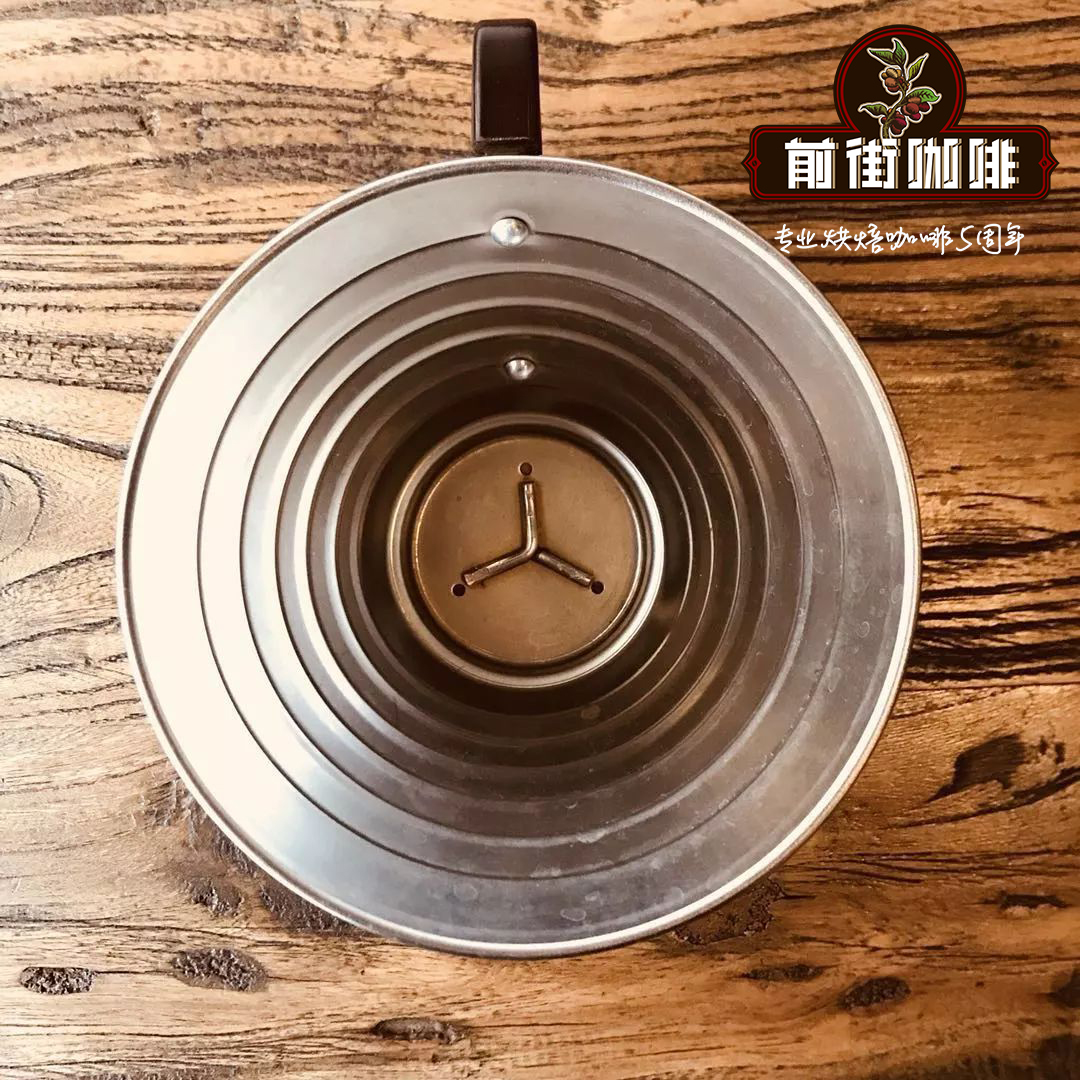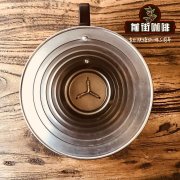What is the overall flavor of Yunnan coffee beans A brief introduction to the Development History of Yunnan Coffee beans in China

Professional coffee knowledge exchange more coffee bean information please follow the coffee workshop (Wechat official account cafe_style)
Qianjie-brief introduction of Yunnan small Coffee
The history of coffee cultivation in Yunnan can be traced back to 1892. Large-scale cultivation of coffee was in the middle of the 50th century, and it was also the first coffee planting base in China. It can be seen that the fate between Yunnan and coffee has been inextricable.
Gaoligong Mountain in Yunnan Province is a beautiful place with an average elevation of about 3500 meters. The Gaoligong Mountains span five latitudes and are the only area on earth that has preserved a large area of transition from humid tropical forests to temperate forests. it is an extremely precious and rare area with outstanding biodiversity in the world.
Yunnan small-grain coffee grows in the mountains of 800-1800 meters above sea level, and there is nothing more suitable than Gaoligong Mountain. Yunnan's unique small-grain coffee is grown in such an outstanding place. Because of the unique geographical environment, the small-grain coffee grown here is relatively better than other small-grain coffee in the special climate.
The first coffee tree in China
In 1892, Frenchman Tian Deneng came to a village called Zhu Kula in Binchuan County, Yunnan Province, and planted the first coffee tree outside the door. Zhu Kula and coffee have been inextricably bound ever since, and Yunnan became the first place for Chinese mainland to grow coffee.
Many places in Yunnan happen to be in the coffee planting belt, with long light time and fertile soil, which is conducive to plant photosynthesis; large temperature difference between day and night and low temperature at night are conducive to the accumulation of coffee nutrients, so the effective nutrients of Yunnan small-grain coffee are higher than those of other foreign small-grain coffee varieties.
But Yunnan also has disadvantages, such as its acidic soil and lack of zinc and copper-pure small seeds are not easy to produce in such an environment. Small-grain coffee is mostly planted in dry and hot valley areas about 1100 meters above sea level, and the planting areas are mainly distributed in Lincang, Baoshan, Simao, Xishuangbanna, Dehong and other areas.
Knowledge expansion: most of the plants in Yunnan are now Katim, which is a hybrid of Kaddura and Robusta, a bourbon branch of Arabica species.
In short: Qianjie is a coffee research hall, happy to share the knowledge about coffee with you, we share unreservedly just to make more friends fall in love with coffee, and there will be three low-discount coffee activities every month. The reason is that Qianjie wants to make more friends drink the best coffee at the lowest price, which has been Qianjie's tenet for 6 years!
END
Important Notice :
前街咖啡 FrontStreet Coffee has moved to new addredd:
FrontStreet Coffee Address: 315,Donghua East Road,GuangZhou
Tel:020 38364473
- Prev

A brief Analysis of the characteristics of Yunnan small Coffee is the flavor of Katim coffee beans really bad?
Professional coffee knowledge exchange more coffee bean information please follow the coffee workshop (Wechat official account cafe_style) Qianjie-Yunnan coffee variety introduction Arabica coffee (Arabica coffee), also known as small grain coffee. Derived from the wild coffee produced in Africa, it was later introduced into Europe through Arabia and got its name. It was introduced into Zhu Kula, Binchuan County, Dali, China in the 1890s.
- Next

Which coffee beans in Yunnan can be used as high-quality coffee a brief description of the historical development of coffee beans in Yunnan
Professional coffee knowledge exchange more coffee bean information please follow the coffee workshop (Wechat official account cafe_style) front street-Yunnan small grain coffee introduction in 1892, when the French missionary successfully planted the first coffee tree in a place called Zhu Kula in order to meet his own coffee needs, he may not have thought that a hundred years later coffee had become a characteristic agriculture in the Yunnan Plateau.
Related
- Beginners will see the "Coffee pull flower" guide!
- What is the difference between ice blog purified milk and ordinary milk coffee?
- Why is the Philippines the largest producer of crops in Liberia?
- For coffee extraction, should the fine powder be retained?
- How does extracted espresso fill pressed powder? How much strength does it take to press the powder?
- How to make jasmine cold extract coffee? Is the jasmine + latte good?
- Will this little toy really make the coffee taste better? How does Lily Drip affect coffee extraction?
- Will the action of slapping the filter cup also affect coffee extraction?
- What's the difference between powder-to-water ratio and powder-to-liquid ratio?
- What is the Ethiopian local species? What does it have to do with Heirloom native species?

